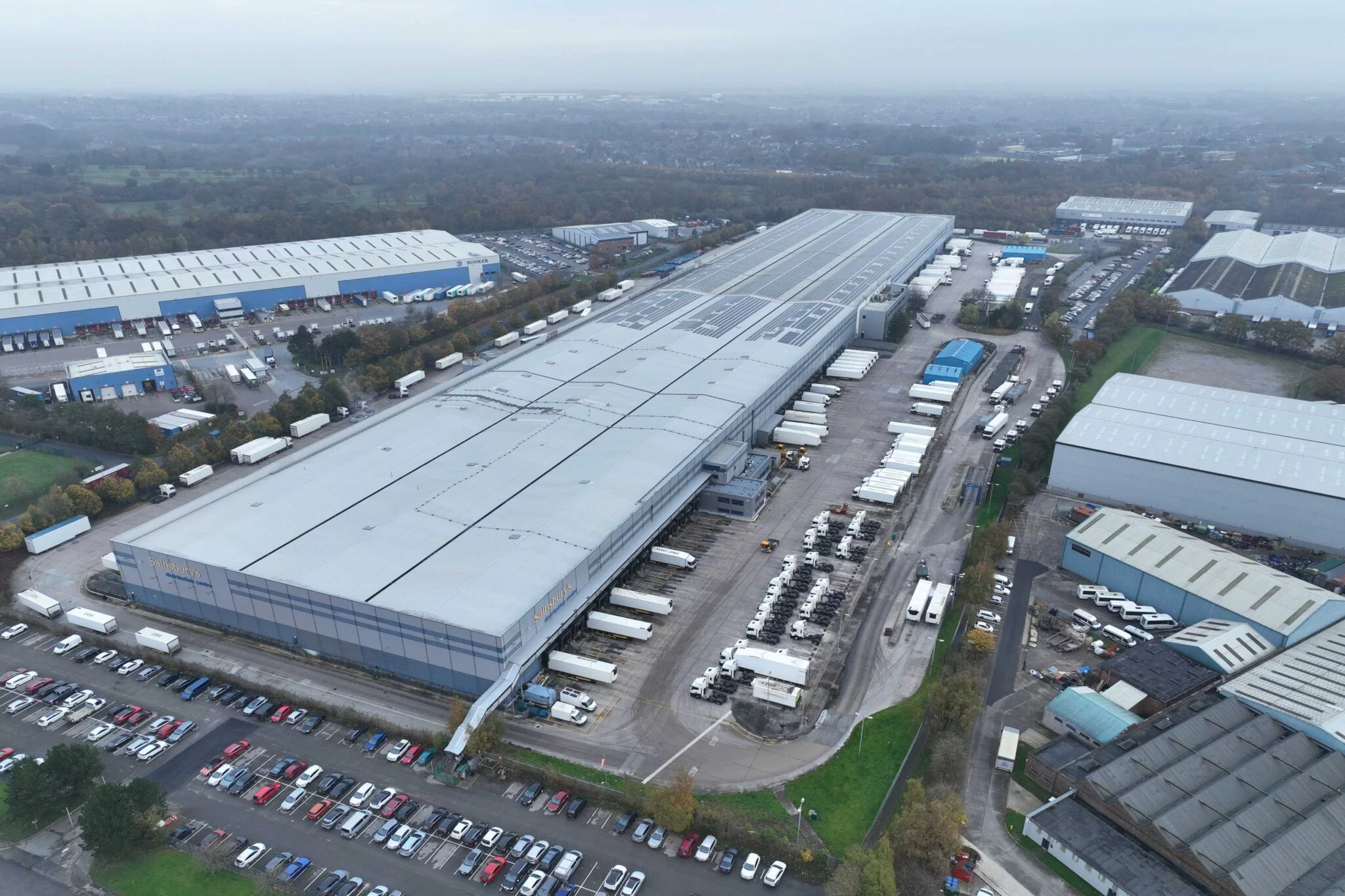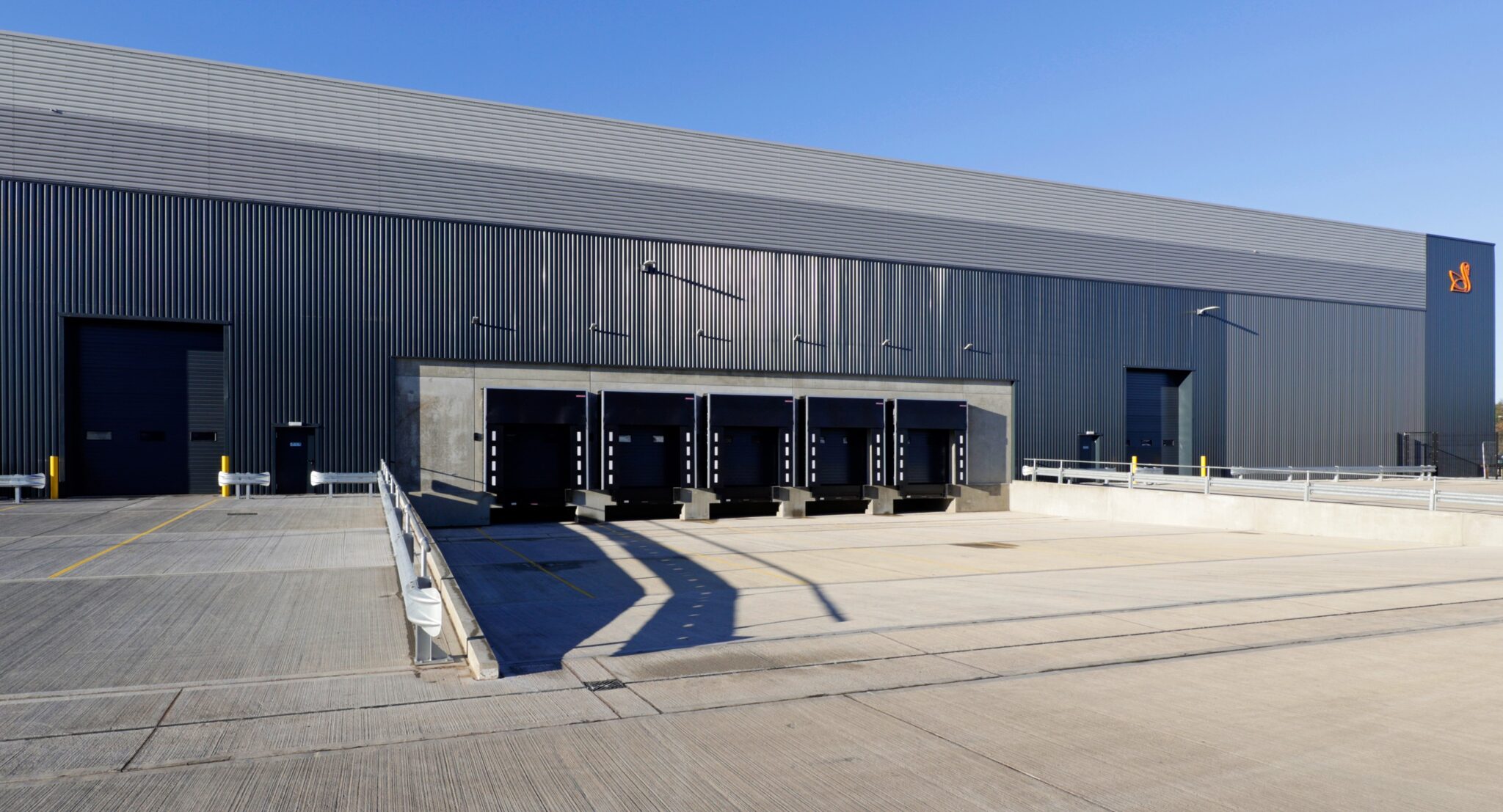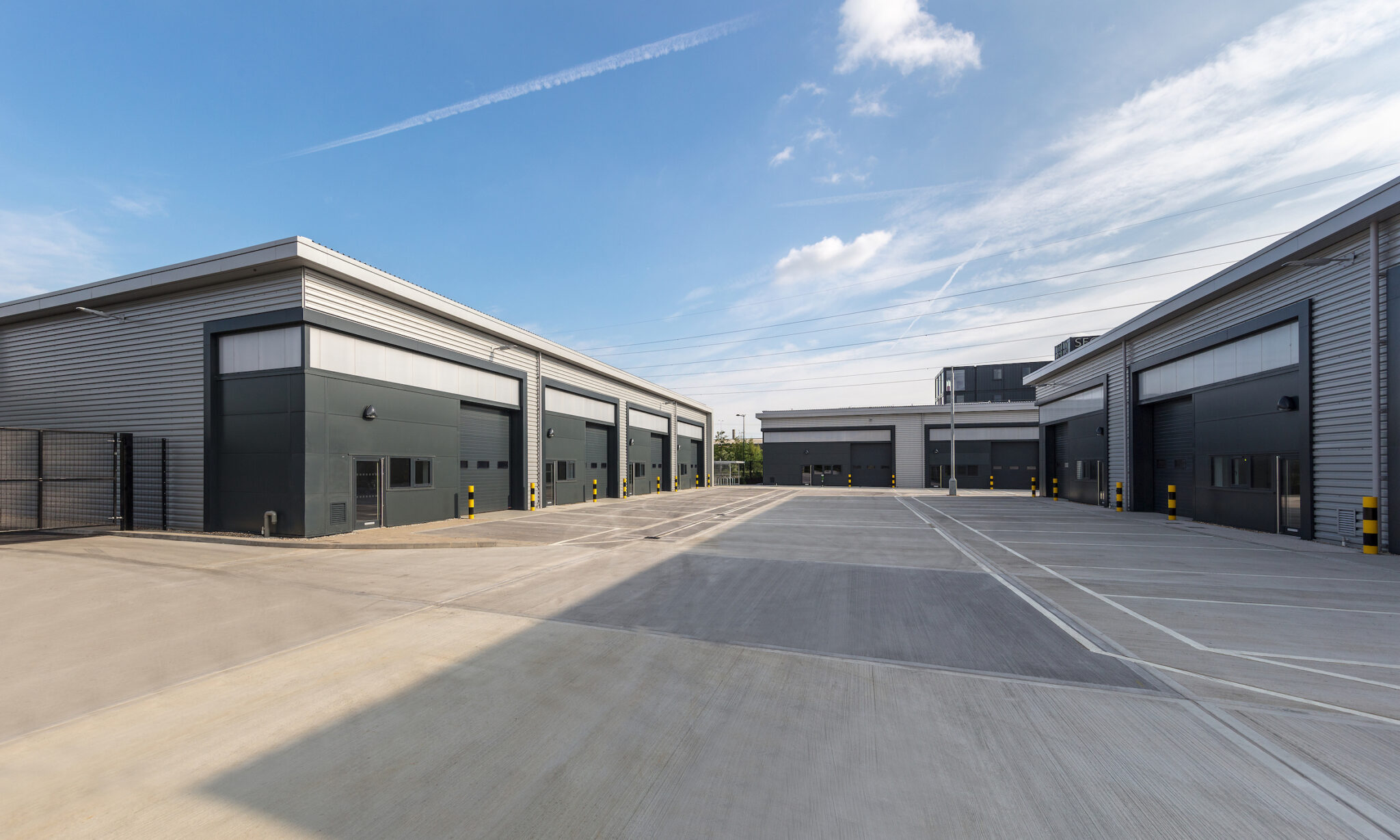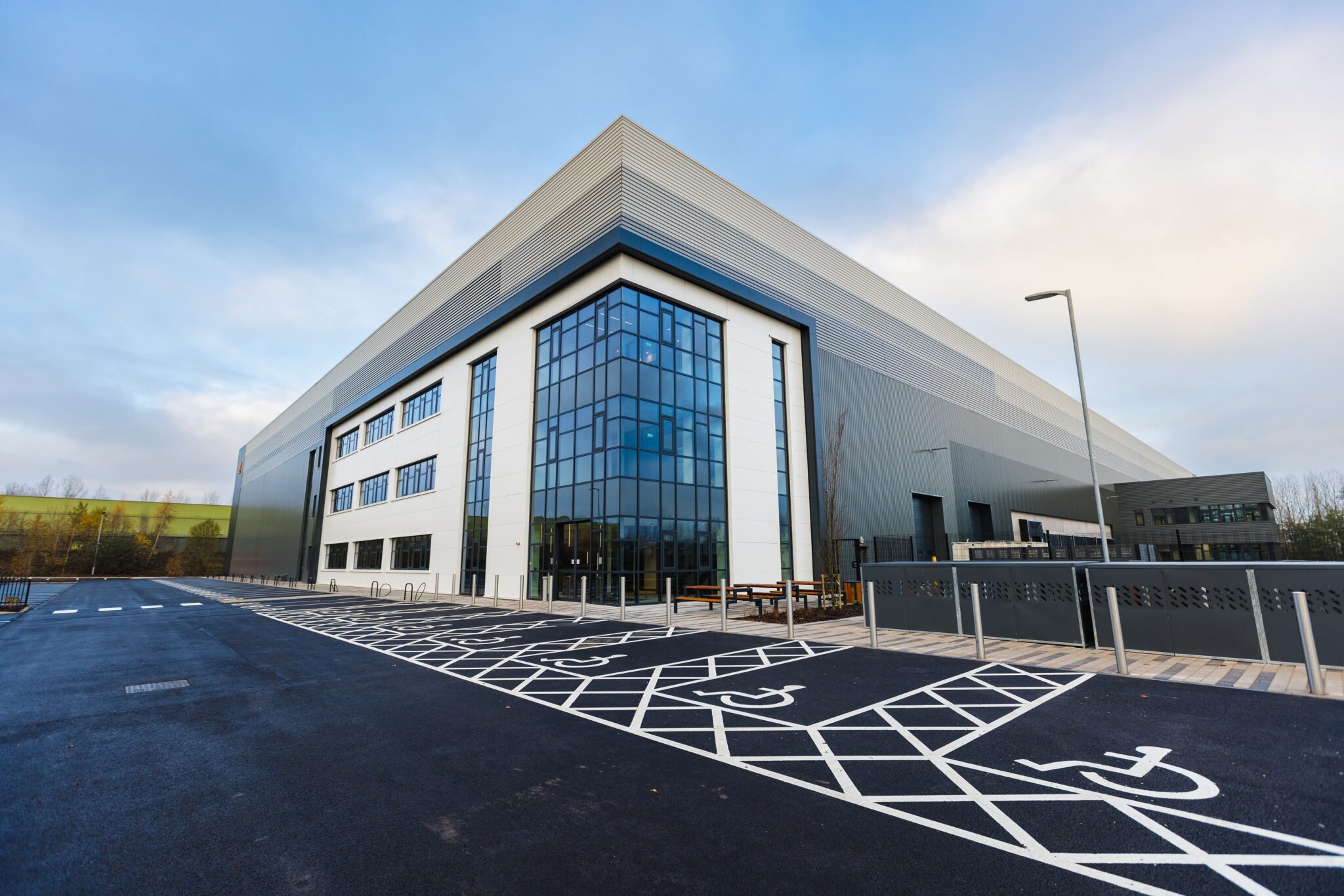Peter MacLeod asks directors of Tritax Big Box about some of the specific challenges facing the UK industrial property development sector.
Tritax Big Box Developments is making waves in the warehouse development sector. It describes itself at the UK’s largest logistics development platform with around 40 million square feet of
developable space, over 100 assets across the UK, and the UK’s largest portfolio of logistics investment assets. I fired questions at a few of Tritax’s senior directors to find out more about the challenges and opportunities that lie ahead for the company, focusing initially on sustainability.
I asked Alan Somerville, ESG Director, Tritax Management, what denotes a sustainable warehouse, and what are Tritax’s customers seeking. He replied that the definition of a sustainable
warehouse is one that is energy efficient, low carbon, has a resilient power supply, features onsite renewables such as solar, has internal and external infrastructure for staff wellbeing, and one which is effectively connected by different forms of transport.
“Our customers are seeking buildings which are fit for their operations both today and tomorrow,” said Somerville. “Buildings which are cost effective, efficient, aligned to their own corporate
sustainability ambitions and the best possible workplace for staff.”
Accommodating Automation
Turning to Mark Fergusson, head of client engagement, Tritax Big Box REIT, I asked what considerations have to be taken into account to ensure a warehouse can handle today’s levels of automation. “There are a number of considerations we as a leading developer landlord are incorporating into our solutions for clients, recognising the increasing role automation is playing in their operations,” he replied.
“Specification – Automation requires a high-quality floor, whether that is for the additional load bearing to accommodate high bay cranes or facilitate the smooth movement of autonomous robots
supporting picking operations. We are also seeing clients demanding higher minimum eaves heights to either support high bay automated ASRS cranes or install mezzanine floors and conveyors
for co-pack and picking operations.
“Power – The increased levels of automation is also resulting in clients needing access to greater levels of power (ideally from sustainable sources) both to fulfil their existing requirements as well as catering for the likelihood of further automation and the additional power required in the future. This is accelerating the deployment of solar PV on our existing assets as well as it being a standard feature of all of new units to reduce the reliance on the grid.
“People – It is important that those warehouse operators deploying automation have access to skilled labour like engineers who can support the technology. We are seeing a number of clients partnering with local colleges and offering apprenticeships to increase the numbers of engineers with the right skills in the labour force.
“Flexibility – The types of operation and activities being automated is accelerating and the return on investment for the deployment of these solutions is looking increasingly attractive. It is therefore key we ensure the assets we develop and own provide our clients with the spec, power and access to people. This should ensure operations have the flexibility to accommodate new innovative
automated solutions deployed in the medium to longer term which will undoubtedly end up being a common feature in the warehouse of the future.”
Finally, with greenfield sites becoming harder to obtain due to both legislation and physical availability, I asked Jonathan Dawes, head of planning at Tritax Big Box Developments, how difficult this has actually become. He responded by saying: “Despite a continued Government focus on ‘brownfield first’, there are not enough brownfield sites to accommodate all development requirements and meet the Government’s growth agenda. As such, there will be a need for greenfield development for all use types. The current planning environment reform maintains a strong focus on residential development. We would like to see industrial and logistics development addressed in the same way as it’s essential that there is sufficient infrastructure in place to support these new homes.
“Local Authorities and statutory bodies are increasingly stretched and underresourced. The planning system is also increasingly being asked to consider more: Biodiversity Net Gain; Climate
Change; Energy; Sustainability. It is a very complex and challenging landscape to navigate, and the system as a whole is still not aligned with the Government’s pro-growth agenda.
“The devolution agenda adds a further layer of complexity/uncertainty, albeit for logistics, will hopefully address the ‘larger than local’ needs of the sector, with Spatial Development Strategies
recognising and meeting this – the key ask remains for a standard employment need methodology.
“It is not becoming harder to develop on greenfield sites per se: the challenges and timescales of achieving planning permission remain, such that an experienced development partner is essential to navigate this process, and in the short term at least, it is not going to get any easier as the planning reforms/devolution play out.”
Given its market position, Tritax is well-placed to comment on the sector. It remains a challenging yet ultimately worthwhile business to be a part of, as consumers continue to seek greater flexibility and availability of goods.
similar news










